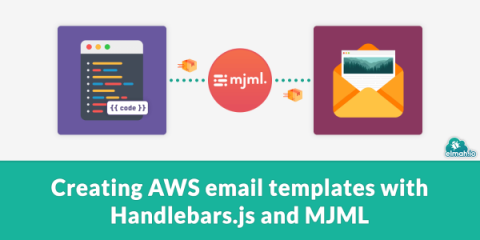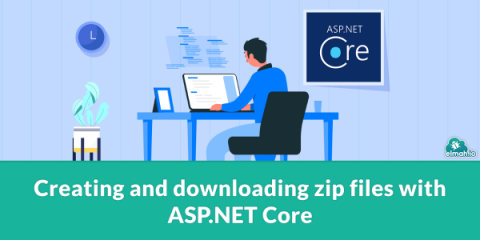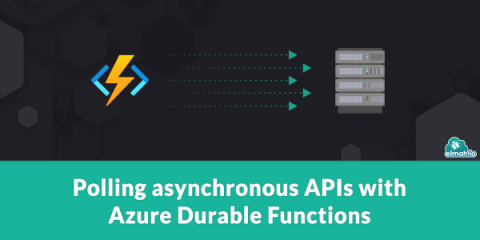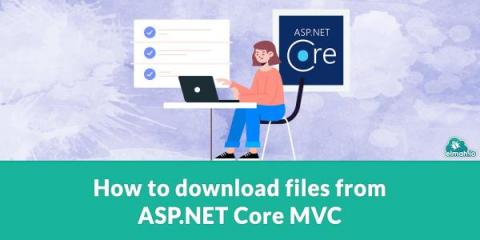Creating AWS email templates with Handlebars.js and MJML
In the next two posts (maybe more) I'll share how we have developed elmah.io's email templates currently sent out using Amazon Web Services (AWS). This first post will introduce template development using MJML and Handlebars.js. In the next post, I'll explain the process of building them on Azure DevOps and deploying them to AWS.











